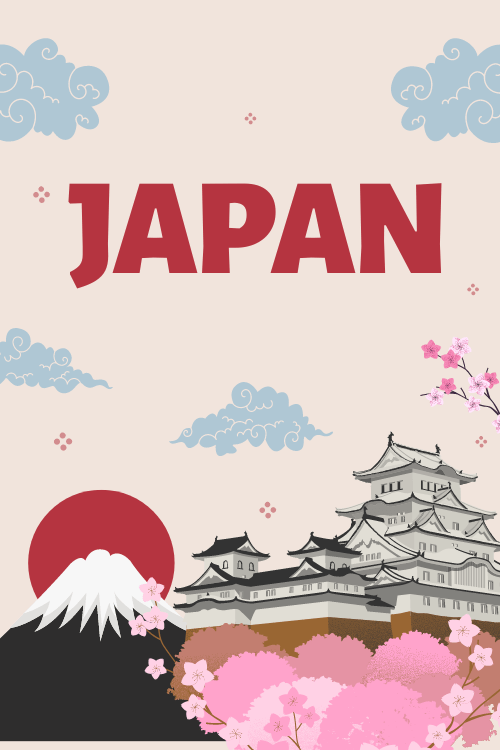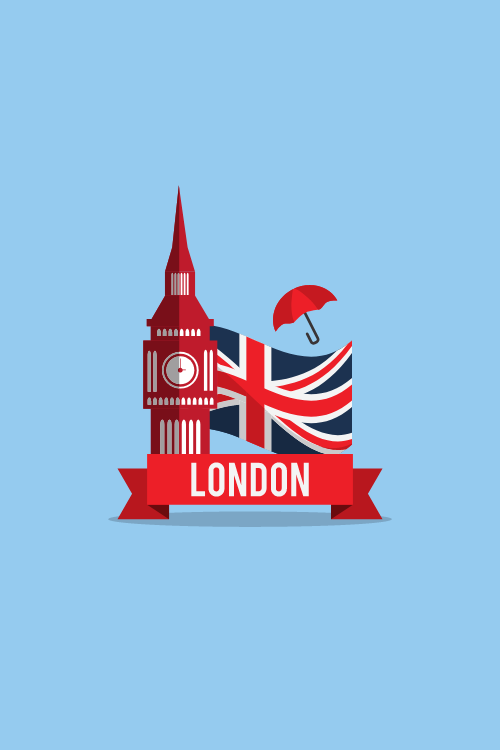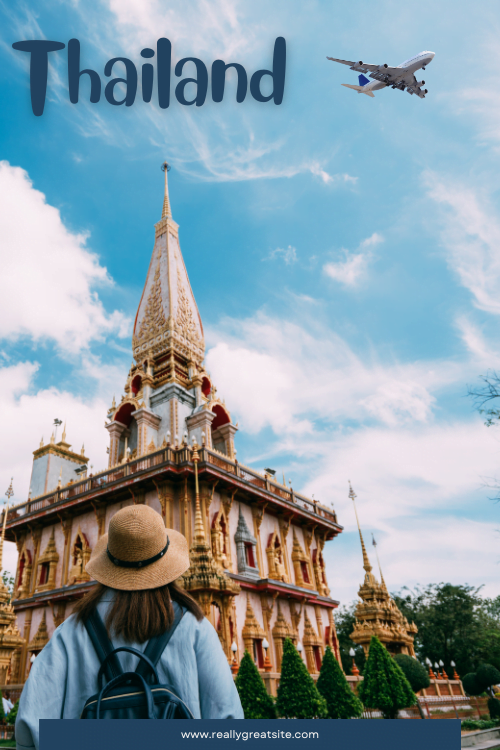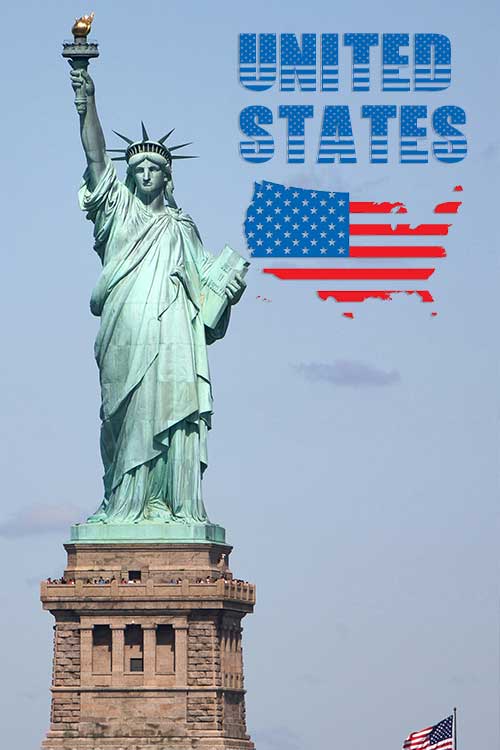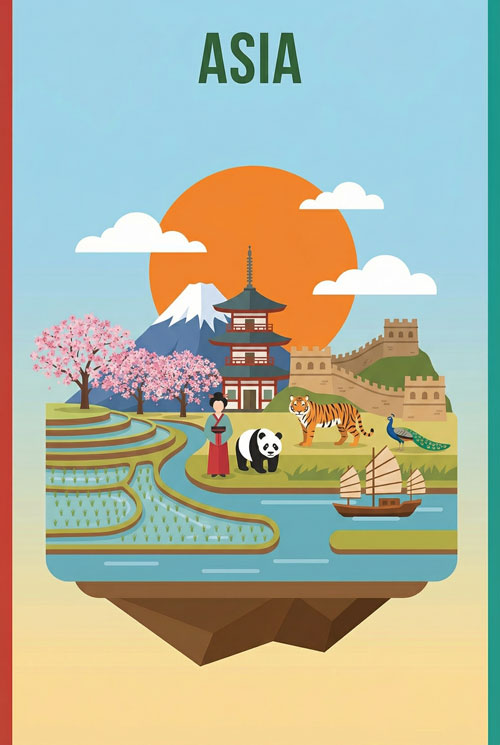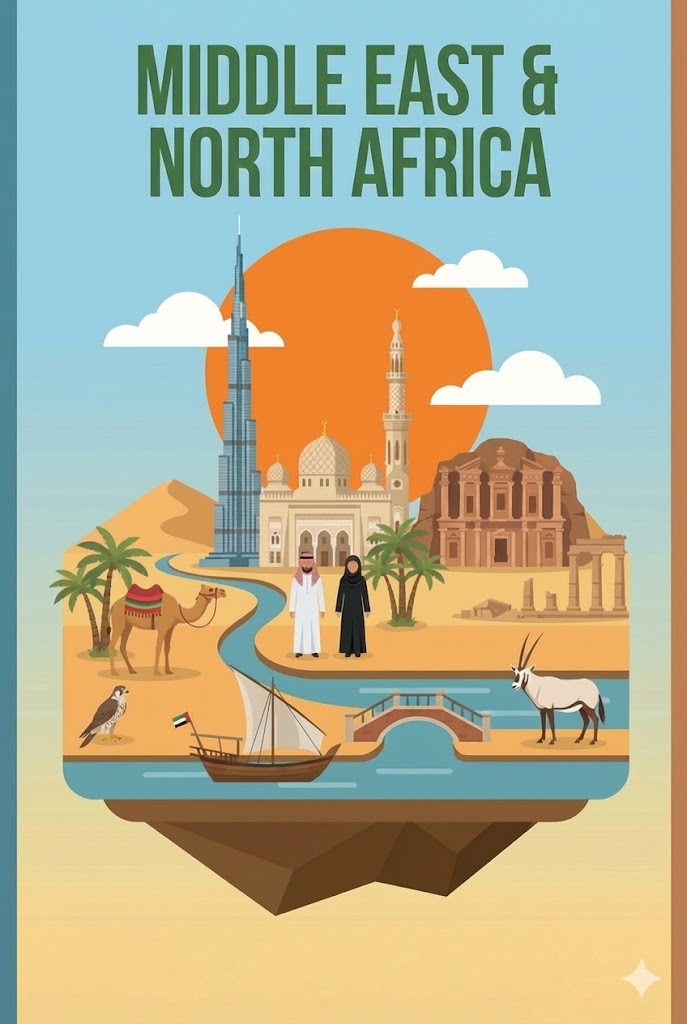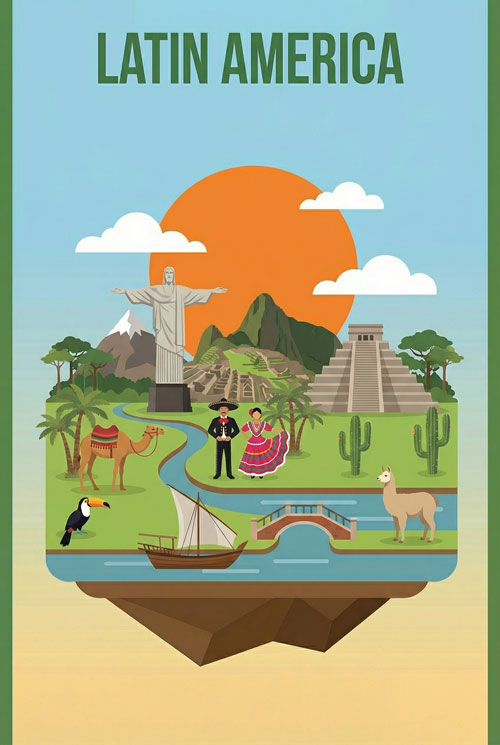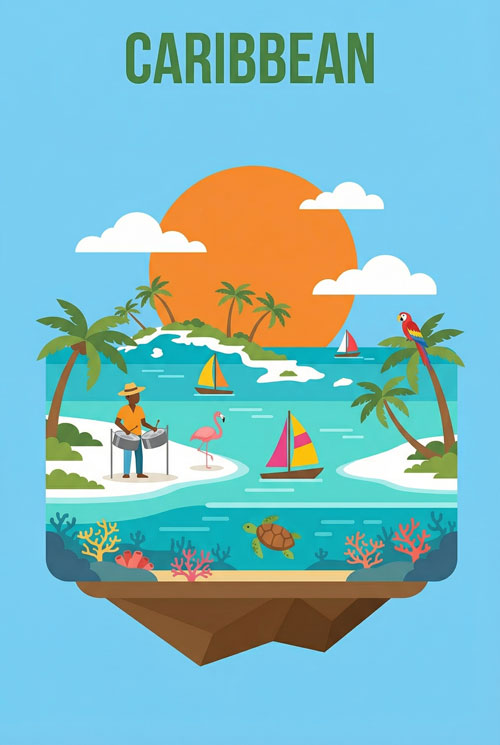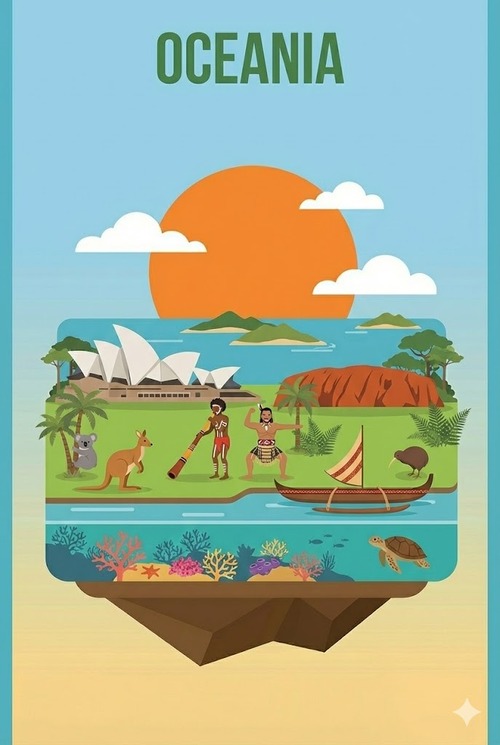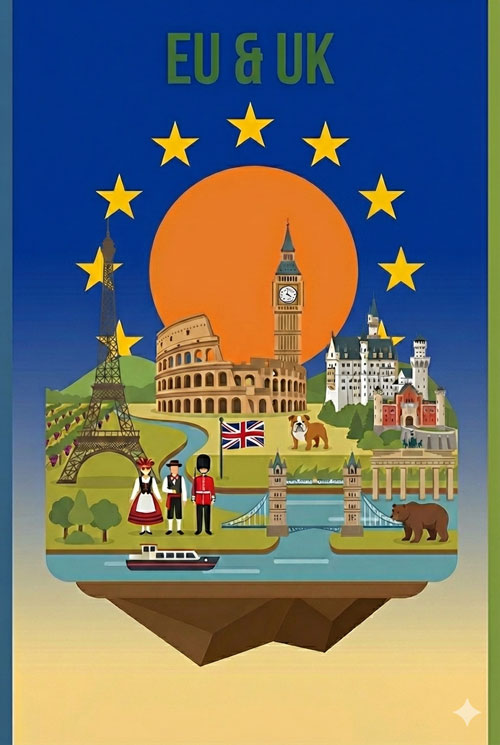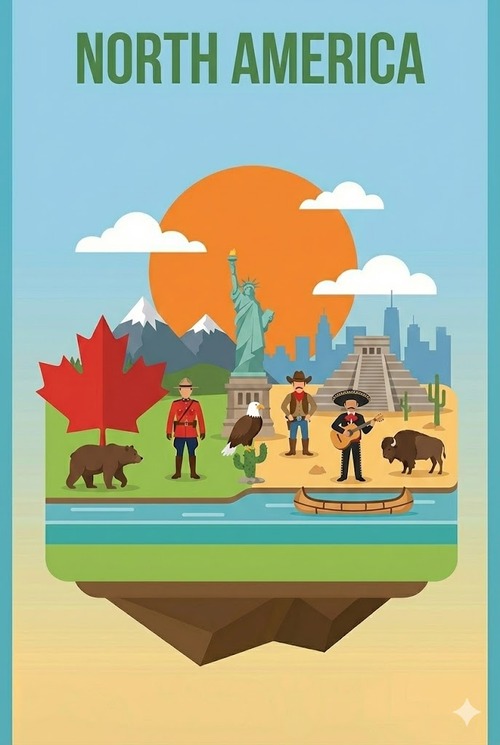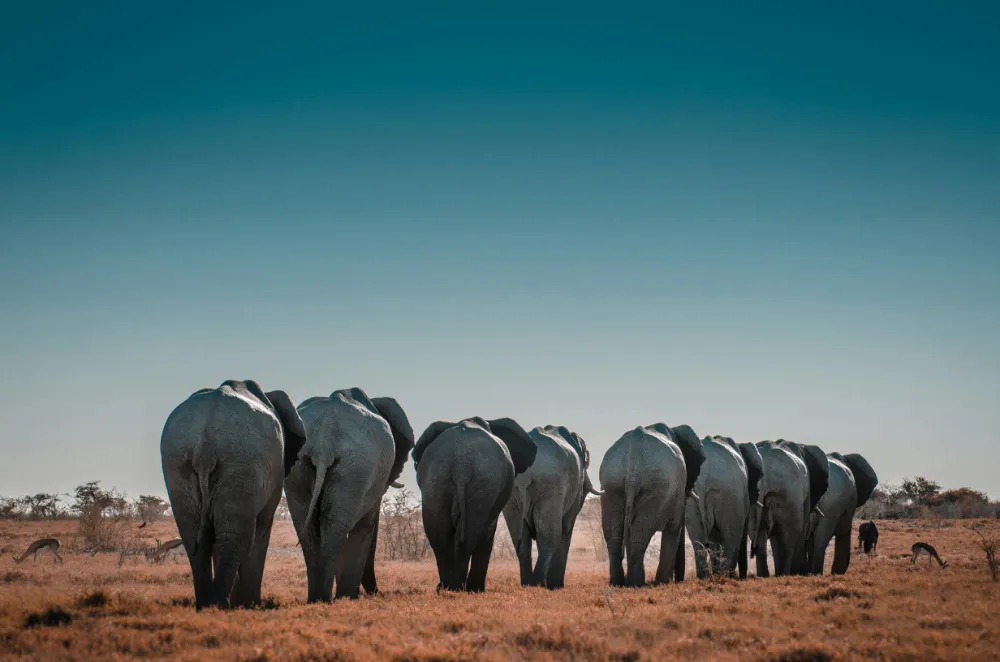eSIM Africa
Best Time to Visit Namibia: A Practical Guide
The Quick Answer: The best time to visit Namibia is during the dry winter season, from May to October. This period offers clear blue skies, pleasant daytime temperatures, and virtually no rain. Most importantly, it’s the ultimate time for wildlife viewing, as animals gather around permanent waterholes, especially in Etosha National Park.
For the absolute best experience, aim for September. You’ll get the phenomenal game viewing of the late dry season combined with warmer nights, hitting the perfect balance before the intense heat of October arrives.
While the dry season is the classic choice, Namibia is a year-round destination. This table gives you a quick overview to help you decide which season aligns best with your travel priorities.
| Season | Months | Pros | Cons | Best For |
| Peak Season (Dry Winter) | June – October | Unbeatable wildlife viewing, clear skies, pleasant days, low malaria risk. | High prices, large crowds (especially July-Aug), very cold nights/mornings, advance booking essential. | First-time visitors, safari enthusiasts, classic self-drive trips. |
| Shoulder Season | April – May, November | Lower prices, fewer crowds, pleasant weather. May has lush green landscapes post-rain; November sees the start of rains and bird migration. | Game viewing is good but not as concentrated as peak season. Weather can be transitional. | Photographers (April/May), budget-conscious travelers, repeat visitors, birders (November). |
| Low Season (Wet Summer) | December – March | Lowest prices, fewest crowds, lush green landscapes, dramatic thunderstorms, excellent for birdwatching, newborn animals. | Very hot and humid, wildlife is dispersed and harder to spot, some roads may be inaccessible due to rain, higher malaria risk in the north. | Birdwatchers, photographers seeking unique green landscapes, budget travelers who can handle the heat. |
Your Guide to the Best Time to Visit Namibia
The “best” time depends entirely on what you want from your trip. Are you on a tight budget? Do you want to see the most wildlife possible? Or is your main goal to escape the crowds? This section will help you decide.
The Best Time for Unbeatable Wildlife & Safaris
The Verdict: July to October.
Why: If seeing wildlife is your top priority, this is your season. The logic is simple: no rain means less water across the landscape. Animals are forced to congregate at the few permanent waterholes, making them incredibly easy to find and observe. The vegetation is sparse, so you can see for miles, and animals have nowhere to hide. This is when you’ll witness those classic Etosha scenes—dozens of elephants, giraffes, zebras, and antelope all drinking from the same water source.
Insider Tip: To maximize your safari, you should stay at a camp inside Etosha National Park (like Okaukuejo, Halali, or Namutoni). This gives you access to their floodlit waterholes at night. Some of the most dramatic sightings, like a black rhino silently appearing from the darkness or a lion pride on the hunt, happen long after the park gates have closed to the public.
The Best Time for Budget-Conscious Travelers
The Verdict: November to April (but avoid the busy Christmas and New Year’s holiday period).
Why: This is Namibia’s low or “emerald” season, and the savings can be significant. You can find accommodation discounts of up to 40% and, crucially, much more affordable rates for rental vehicles. Since a 4×4 rental is often the single biggest expense of a Namibian trip, traveling in the low season makes a huge difference to your budget.
A Note on “Budget” Travel: Namibia isn’t a typical backpacking destination. Public transport won’t get you to the national parks or iconic sites like Sossusvlei. The most cost-effective way to explore is to rent a 4×4 vehicle with a rooftop tent and camp. This gives you ultimate freedom while keeping costs down. Traveling in the low season makes this approach even more affordable.
The Best Time to Escape the Crowds
The Verdict: February, March, and November.
Why: If your idea of a perfect trip is having a vast, silent landscape all to yourself, these are your months. In February and March, the summer heat and chance of rain deter most tourists, guaranteeing you an intimate experience with the country’s transformed green scenery. November is a perfect shoulder month; the peak season crowds are gone, but the holiday rush hasn’t started. You get the benefit of true solitude without the most extreme heat and rain.
The Best Time for Epic Landscape Photography
The Verdict: April and May.
Why: This period is the photographer’s sweet spot. The land is still brilliantly green from the recent rains, providing a stunning, textured foreground for your shots. At the same time, the rains have stopped, and the skies have cleared to a brilliant, dust-free blue. The air quality is exceptional, and the color contrast between the red dunes, green grasses, and blue sky is at its most intense. For photographers seeking moody, atmospheric shots, the dramatic, cloud-filled skies of March and November are also fantastic.
A Seasonal Overview: The Two Faces of Namibia
To truly understand the country’s rhythm, you need to know its two distinct seasons. Each offers a completely different experience.
The Dry Season (May – October): The Safari Superstar
This is the classic, epic Namibia you’ve seen in documentaries. The air is crisp and clean, and the sun is a constant, warm presence in a vast blue sky. The land feels ancient and powerful. There’s a palpable sense of anticipation around the waterholes as different species arrive to drink.
Evenings are for campfires, sharing stories under a breathtaking blanket of stars that seems close enough to touch. Mornings are sharp and cold—perfect for a hot coffee before a game drive. This is the best time to climb the iconic Dune 45 at Sossusvlei for sunrise or hike in the Fish River Canyon, as the milder temperatures make physical activity enjoyable.
What to Pack: Layering is key. Warm fleece jackets, beanies, and gloves are essentials for the cold desert nights and frigid early morning game drives. For the day, you’ll need lightweight long-sleeved shirts for sun protection, a wide-brimmed hat, sunglasses, and strong sunscreen.
The Wet Season (November – April): The Emerald Season
This is Namibia’s season of renewal and transformation. The energy is vibrant and alive. The first rains bring a sweet, earthy smell to the air. Landscapes that were brown and barren explode into a brilliant, shocking green.
The days are hot, often culminating in a spectacular afternoon thunderstorm that clears the air and paints the sky with incredible light and rainbows. It feels less crowded, and you’ll often have vast, beautiful landscapes to yourself. This is the birthing season for many animals, so you’ll see adorable, wobbly-legged baby springboks and zebras. For birdwatchers, it’s a paradise, as migratory species arrive and wetlands teem with life.
What to Pack: Lightweight, breathable clothing is key for the heat. A reliable waterproof rain jacket is essential for the afternoon downpours. Long-sleeved shirts and trousers are still recommended for evenings to protect against mosquitoes, especially in the north. Don’t forget a powerful, DEET-based insect repellent.
Your Month-by-Month Guide to Namibia
Here’s a detailed breakdown of what to expect throughout the year, so you can pinpoint the exact time for your adventure.
January
- Weather: Hot and humid, with afternoon thunderstorms common. Highs range from 30°C to 35°C (86°F to 95°F). The coast around Swakopmund is a cool, misty escape.
- Crowds: A mix. It’s low season for international travelers but peak time for local families on school holidays, so coastal towns can be busy.
- Highlights: It’s calving season in Etosha, so you can spot newborn springboks and wildebeest. The lush vegetation can make game viewing harder, but it’s a fantastic month for birdwatching.
February
- Weather: Often the hottest and wettest month. Expect frequent and heavy afternoon thundershowers that create dramatic skies.
- Crowds: Low. This is your chance to experience Namibia in solitude if you can handle the heat.
- Highlights: The entire country is transformed into a lush, green, and incredibly photogenic landscape. The Caprivi Strip (Zambezi Region) becomes a birdwatcher’s paradise.
March
- Weather: The rains begin to lessen, but it remains hot and humid. Nights become pleasantly cooler.
- Crowds: Low. A great month for budget-conscious travelers seeking quiet parks.
- Highlights: Immerse yourself in local culture. Independence Day on March 21st sees patriotic celebrations in Windhoek, and the Oshituthi Shomagongo (Marula Fruit Festival) in the north is a unique cultural experience.
April
- Weather: A beautiful transitional month. The rains have mostly stopped, humidity drops, and the air is exceptionally clear.
- Crowds: Low to moderate. You get the best of both worlds: great weather and quiet parks.
- Highlights: April is a photographer’s dream month. The landscape is still brilliantly green against stunningly clear blue skies. Wildlife starts migrating back towards waterholes in Etosha, making animals easier to spot. Don’t miss the Windhoek Karneval (WIKA), a vibrant German-style carnival.
May
- Weather: The official start of the dry season. Days are mild, sunny, and clear. Nights get noticeably chilly, so you’ll need a jacket.
- Crowds: Moderate. Word is out that May is a fantastic time to visit, so it’s more popular but still quieter than the peak months.
- Highlights: Prime safari season begins. Wildlife viewing in Etosha becomes excellent as animals are drawn to shrinking water sources. The clear air creates spectacular sunsets over the dramatic landscapes of Damaraland.
June
- Weather: Warm, pleasant days under endless blue skies. Nights and early mornings are cold, and temperatures can drop below freezing in the desert.
- Crowds: High. This is the start of the international peak season. You must book accommodation and vehicles far in advance.
- Highlights: One of the best months for wildlife viewing. The cooler days are ideal for activities like climbing Dune 45 in the Namib Desert or hiking in the Fish River Canyon.
July
- Weather: The driest month of the year. Warm, sunny days and very cold nights. Morning frost is common in the desert.
- Crowds: Peak. This is the absolute height of the tourist season. Booking a full year in advance is recommended for popular spots.
- Highlights: This is the time for those iconic Etosha waterhole spectacles. With zero cloud cover, the night skies are unbelievably clear, making it the best time of year for stargazing.
August
- Weather: Continues the pattern of mild, sunny days and cold nights.
- Crowds: Peak. The high season continues without a pause. Advance booking remains essential.
- Highlights: A surprisingly rich month for culture. The Herero people commemorate their history with a powerful festival in Okahandja. In the south, wild spring flowers begin to bloom, creating a beautiful carpet of color.
September
- Weather: Widely regarded as the single best month to visit. Daytime temperatures are warmer, and nights are no longer bitingly cold. The climate is near-perfect.
- Crowds: High. It’s still peak season, but it can feel slightly less crowded than July and August.
- Highlights: The ultimate safari month. It offers the perfect combination of highly concentrated game viewing and extremely pleasant weather. The landscape is at its driest, forcing even elusive animals to visit waterholes daily.
October
- Weather: The heat builds significantly. This is the last truly dry month, with a small chance of the first spectacular thunderstorms arriving late in the month.
- Crowds: Moderate. The tail end of peak season, so it’s noticeably less crowded, but prices are still high.
- Highlights: The heat and dryness lead to dramatic scenes at the waterholes. It’s also a great month for whale watching off the coast near Walvis Bay. Don’t miss the authentic Oktoberfest celebration in Windhoek.
November
- Weather: Unpredictable. The heat continues, but the first rains usually begin as dramatic afternoon thunderstorms.
- Crowds: Low. A great time to find more competitive pricing for lodges and vehicle rentals.
- Highlights: The arrival of rain signals the start of the prime birding season, as migratory birds arrive from the Northern Hemisphere. Thousands of flamingoes create a sea of pink in the coastal lagoons.
December
- Weather: Summer is in full swing. It’s hot, with an increasing chance of refreshing afternoon showers.
- Crowds: High. The Christmas and New Year holidays make this a busy month. Book in advance.
- Highlights: Birdwatching is at its absolute peak. It’s also a magical time to witness the desert landscape begin its transformation, with new green shoots emerging from the arid earth.
Essential Namibia Travel Planning
No matter when you visit, this practical advice will help you plan a smooth and safe road trip.
Getting Around: Mastering the Self-Drive
In Namibia, the journey is the destination. The best way to experience the country’s vastness is on a self-drive adventure.
Your Vehicle: You should rent a 4×4 vehicle. While a 2WD can handle paved roads, a 4×4 offers higher clearance, which is essential for comfort and capability on Namibia’s extensive network of gravel roads.
Critical Safety Rules:
Never drive at night. This is the most important safety rule. The risk of colliding with wildlife on unlit roads is extremely high. Plan to arrive at your destination well before sunset.
Tires are your lifeline. Flat tires are common. Ensure your rental has two spare tires and that you know how to change one. Tire and windscreen insurance is a wise investment.
Fuel and Water: Distances are vast. Always fill your tank when you see a petrol station, even if you think you have enough. Always carry several liters of extra drinking water in your vehicle.
Health & Safety: Respecting the Wild
Your biggest risks in Namibia come from the remote and unforgiving natural landscape. Being prepared is key.
Malaria: The risk is low to non-existent in most of the country for most of the year. However, malaria is a real risk in the northern regions (Zambezi Strip) during the wet season (November to June). If you travel there at this time, consult a doctor about anti-malarials.
Travel Insurance: This is absolutely essential. Any serious medical issue will likely require expensive medical evacuation. Ensure your policy has high coverage for this.
Stay Connected in Namibia with eSIM4.com
In a country as vast as Namibia, staying connected is not a luxury; it’s a vital tool for modern, safe travel. You need data the moment you land to use your GPS, contact your lodge, or look up information.
In the past, this meant facing expensive roaming fees or wasting precious time hunting for a local SIM card at the airport. With an eSIM from eSIM4.com, you can solve this problem before you even leave home. Simply download a data plan for Namibia and activate it the moment you land. No more bill shock, no more airport queues. It’s the convenient, affordable, and easy way to stay connected from day one.
Check out eSIM4.com for affordable, reliable data plans for your trip to Namibia.

